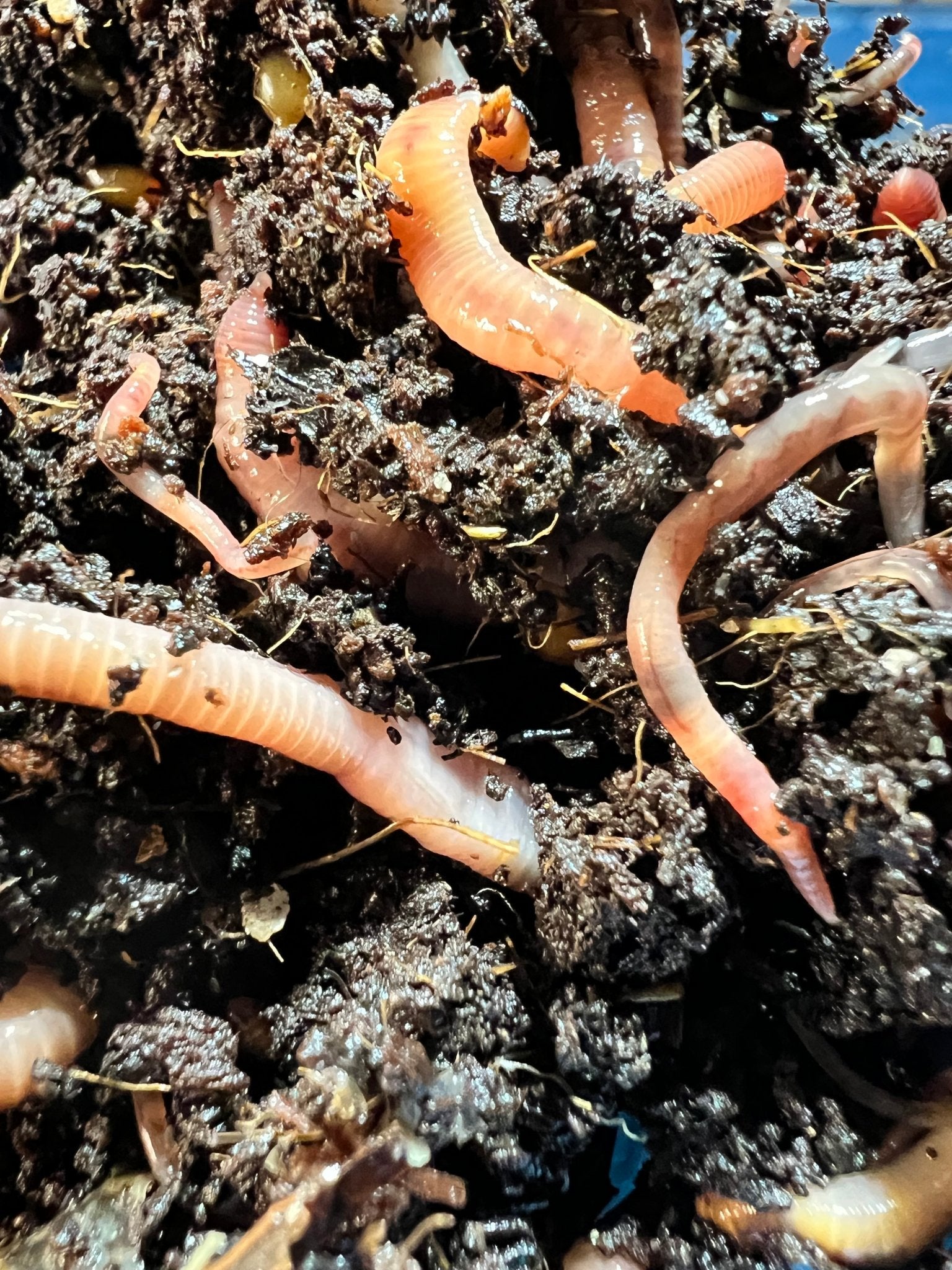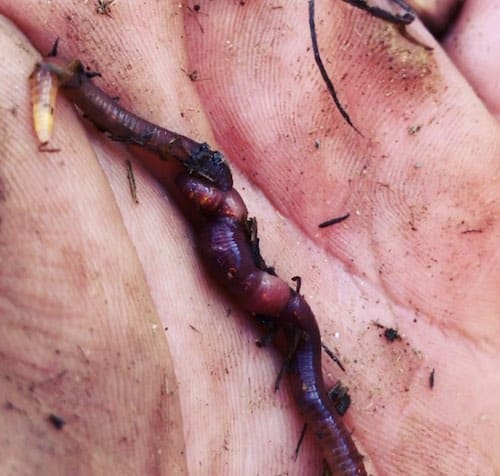Taking Full Advantage Of the Advantages of Red Wiggler Worms: A Comprehensive Guidebook for Home Gardeners and Urban Farmers
In the realm of sustainable horticulture methods, red wiggler worms stand as unrecognized heroes, silently changing organic waste into nutrient-rich castings that can work marvels for dirt health and wellness. As home garden enthusiasts and urban farmers increasingly look for environmentally friendly and cost-effective methods to boost their yards, the potential advantages of taking advantage of the power of red wigglers can not be overstated. From decreasing cooking area waste to growing healthier plants, the application of these simple animals provides a wide variety of advantages. By exploring the ins and outs of just how to successfully care for and make best use of the advantages of red wiggler worms, people can unlock a wealth of possibilities for improving the sustainability and performance of their horticulture ventures.
Recognizing Red Wiggler Worms
Red Wiggler worms, renowned for their efficient composting capabilities, are a varieties of earthworms widely made use of in vermiculture methods. These worms, medically called Eisenia fetida, flourish in rotting organic material, making them optimal prospects for composting (Red Wiggler Worms). Red Wigglers are ravenous eaters, capable of eating their very own weight in organic waste daily. Their digestion procedure breaks down raw material right into nutrient-rich castings, which are a useful source for enhancing soil and advertising plant development.
One key quality of Red Wiggler worms is their reproductive price. These hermaphroditic animals possess both women and male reproductive organs, enabling them to replicate swiftly under beneficial conditions. A mature Red Wiggler can create several offspring in a short period, making certain a consistent population within a composting system.

Establishing Up a Worm Container
When establishing a worm bin for vermiculture purposes, appropriate preparation and focus to information are necessary for developing a conducive setting for Red Wiggler worms. Begin by choosing an ideal container for your worm bin.

Location the worm container in a great, dark location away from direct sunlight and extreme temperatures. By adhering to these steps, you can establish up a thriving worm container that will efficiently process organic waste right into nutrient-rich vermicompost for your yard.
Feeding and Maintaining Worms
Making certain a healthy and balanced diet regimen is vital for the health and efficiency of Red Wiggler worms in a vermiculture system. Red Wigglers are ravenous eaters, capable of eating their very own body weight in organic matter daily. To maintain a successful worm populace, it is crucial to give them with a range of food scraps such as fruit and vegetable peels, coffee grounds, tea bags, and smashed eggshells. Nevertheless, it is very important to prevent feeding them citrus fruits, onions, garlic, dairy products, meat, and oily foods as these can be harmful to the worms or go right here trigger undesirable smells in the bin.
Correct moisture degrees are also crucial for the well-being of Red Wiggler worms. By faithfully monitoring their diet regimen, dampness, and environmental conditions, home garden enthusiasts and urban farmers can sustain a productive and healthy Red Wiggler worm population for composting functions.
Gathering Worm Spreadings
To efficiently extract nutrient-rich worm spreadings from the vermicompost, reference an organized harvesting process is important for optimizing the composting advantages. Red Wiggler Worms. The initial step in harvesting worm castings is to motivate the worms to migrate to one side of the container. This can be accomplished by positioning fresh food scraps on one side and leaving the opposite undisturbed for a few days. As soon as the bulk of worms have actually dodged with fresh food, the castings can be accumulated from the contrary side.
After the castings have been gathered, it is essential to divide any type of staying worms from the spreadings to avoid harming them throughout storage space or application. One effective technique is to create cone-shaped stacks of spreadings under brilliant light. Worms will instinctively relocate far from the light, enabling very easy separation and elimination.
Last but not least, the gathered worm castings need to be saved in a trendy, dark, and completely dry area to maintain their quality and performance as a nutrient-rich dirt change. By adhering to these actions, home gardeners and city farmers can maximize the benefits of red wiggler worms in their vermicomposting systems.
Using Worm Castings in Gardening
The consolidation of nutrient-rich worm castings right into garden dirt can considerably boost plant development and general dirt health and wellness. Worm spreadings, also called vermicast, are an all-natural fertilizer generated by red wiggler worms as they damage down raw material. These spreadings are abundant in necessary nutrients like nitrogen, phosphorus, potassium, and helpful microorganisms that advertise plant growth and boost soil structure.
When making use of worm castings in gardening, it is vital to mix them completely into the soil or use them as a top clothing around plants. The slow-release nature of worm castings makes certain a consistent supply of nutrients to plants with time, minimizing the danger of click this site nutrient leaching and promoting lasting dirt fertility. Furthermore, worm castings assist boost soil aeration, water retention, and microbial task, producing a healthy atmosphere for plant roots to thrive.

Conclusion
In final thought, the utilization of red wiggler worms in home horticulture and urban farming can considerably benefit dirt health and plant development. By comprehending how to set up and maintain a worm bin, feed the worms properly, and collect their nutrient-rich castings, gardeners can optimize the advantages of these earthworms.
In the world of lasting gardening practices, red wiggler worms stand as unhonored heroes, silently changing organic waste right into nutrient-rich castings that can function wonders for dirt health and wellness.When establishing a worm bin for vermiculture functions, appropriate preparation and interest to information are important for creating a conducive setting for Red Wiggler worms. The initial step in harvesting worm castings is to encourage the worms to migrate to one side of the container. Worm castings, likewise understood as vermicast, are a natural fertilizer created by red wiggler worms as they damage down organic matter. By recognizing just how to establish up and maintain a worm bin, feed the worms appropriately, and harvest their nutrient-rich castings, gardeners can make best use of the advantages of these earthworms.